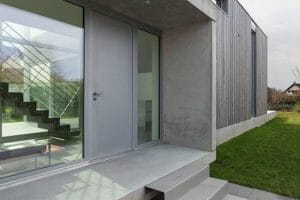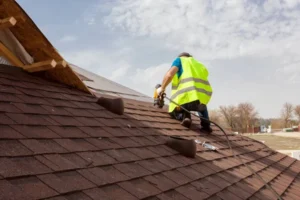Are you looking for a new heating system for your home? Winter will be here before you know it; now is the time to prepare for colder weather.
Before you shop for a new furnace, you will want to understand the features of the different types of heating systems. Each system can offer different energy-efficiency features that can save you money over time.
Think about the energy efficiency key features you need before purchasing. Below, we provide a breakdown of the different types of heating systems you can choose from. Keep reading to find the right one for your home.
Heat Pumps for Sustainable Heating
Heat pumps use electricity to collect heat from one area and transfer it to another, minimizing energy consumption. It can be used for both heating and cooling, allowing for excellent temperature control and providing energy savings of up to 40 percent compared to traditional systems. Heat pump installation in Edmonton is typically more durable and long-lasting than traditional heating.
Heat pumps have energy-efficient air-source and ground-source options. It can heat and cool and maintain a steady temperature. It also has a variable-speed compressor to match usage demands.
Other features to look for include:
- appropriately sized system
- low noise levels
- reversing valve
- auxiliary heat source
Radiant Heating for Low Temperature
Radiant heating systems heat individuals and objects directly rather than heat the surrounding air. They generate heat quickly and effectively with efficient and controlled output. The key features vary by type, but common features include:
- variable heat output
- optimal temperature control
- wall mounted systems
- integrated control systems
- quiet and low-profile designs
This is a relatively low-maintenance heating system as it does not require ductwork. The heat is distributed via electric wires or tubes that are typically hidden behind walls or under floorboards, which results in a low-profile, aesthetically pleasing system.
Best of Both Worlds With Combination Systems
Combination systems feature a combination of two or more different heating system types that work together to provide a consistent level of comfort. This can be a combination of a heat pump with an electric furnace, a traditional gas furnace combined with a boilers-based radiant system, or a geothermal system.
With this system, energy is used more efficiently to deliver the same amount of heating. Some systems are even able to provide home energy savings of up to 40%.
Power of Waste Heat With Boiler Heating
Boilers are energy-efficient heating systems that transfer heat from a fuel source, such as natural gas, to the home. The fuel source is burned to heat water, which is then distributed through pipes to radiators, baseboard convectors, or other heating systems. Boilers typically come in gas or oil-fired models, and the energy efficiency of these models depends on several key features.
Gas-fired boilers feature high-efficiency ratings due to their condensing burner. Oil-fired boilers require a chimney to run safely and efficiently. They need proper venting to avoid flue gas condensations.
High-efficiency models tend to have higher output temperatures. It also features insulation on the casing that reduces heat loss. An electronic ignition system allows for low-energy start-ups, resulting in a cleaner burn and less waste.
Explore the Features of These Different Types of Heating Systems Today
Energy efficiency is key when considering different types of heating systems. Regardless of the type of heating system, ensuring that the system you choose is energy efficient will save you time and money in the long run.
Contact a professional if you want to discuss the best energy-efficient systems available.
For more articles you’ll love, check out the rest of our site!









